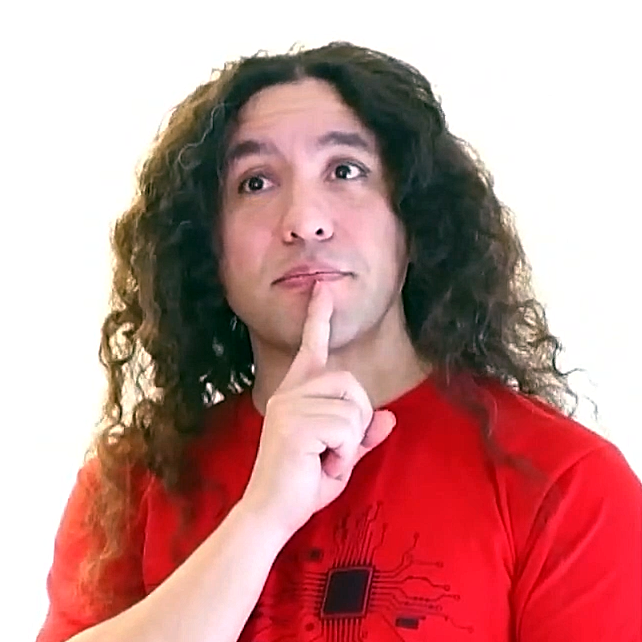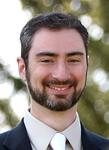A Unified Differentiable Boolean Operator with Fuzzy Logic
Abstract
Supplemental Material
- Download
- 671.96 KB
References
Index Terms
- A Unified Differentiable Boolean Operator with Fuzzy Logic
Recommendations
Towards flattenable mesh surfaces
In many industries, products are constructed by assembled surface patches in @?^3, where each patch is expected to have an isometric map to a corresponding region in @?^2. The widely investigated developable surfaces in differential geometry show this ...
Surface Simplification using Intrinsic Error Metrics
This paper describes a method for fast simplification of surface meshes. Whereas past methods focus on visual appearance, our goal is to solve equations on the surface. Hence, rather than approximate the extrinsic geometry, we construct a coarse ...
Differentiable surface triangulation
Triangle meshes remain the most popular data representation for surface geometry. This ubiquitous representation is essentially a hybrid one that decouples continuous vertex locations from the discrete topological triangulation. Unfortunately, the ...
Comments
Information & Contributors
Information
Published In

Sponsors
Publisher
Association for Computing Machinery
New York, NY, United States
Publication History
Check for updates
Author Tags
Qualifiers
- Research-article
- Research
- Refereed limited
Conference
Acceptance Rates
Contributors
Other Metrics
Bibliometrics & Citations
Bibliometrics
Article Metrics
- 0Total Citations
- 230Total Downloads
- Downloads (Last 12 months)230
- Downloads (Last 6 weeks)194
Other Metrics
Citations
View Options
Get Access
Login options
Check if you have access through your login credentials or your institution to get full access on this article.
Sign inFull Access
View options
View or Download as a PDF file.
PDFeReader
View online with eReader.
eReaderHTML Format
View this article in HTML Format.
HTML Format

